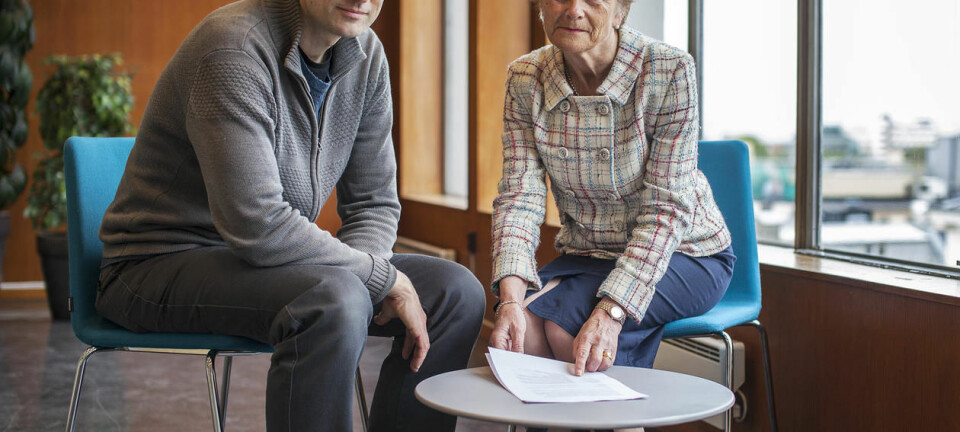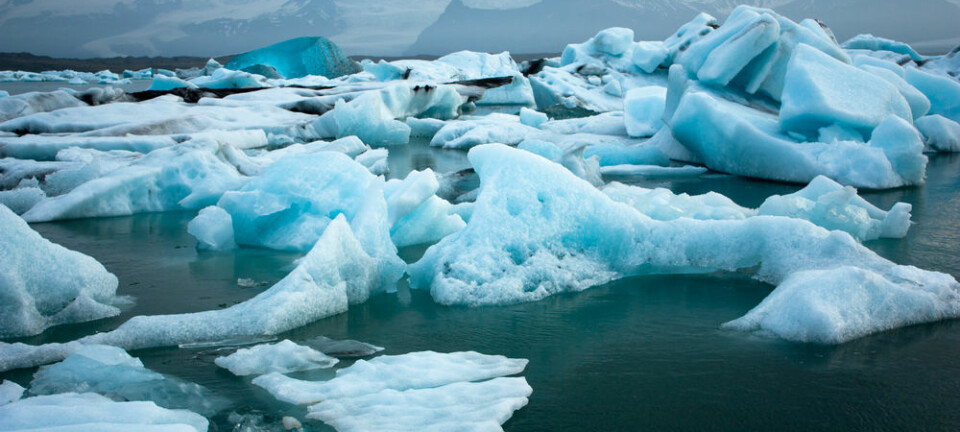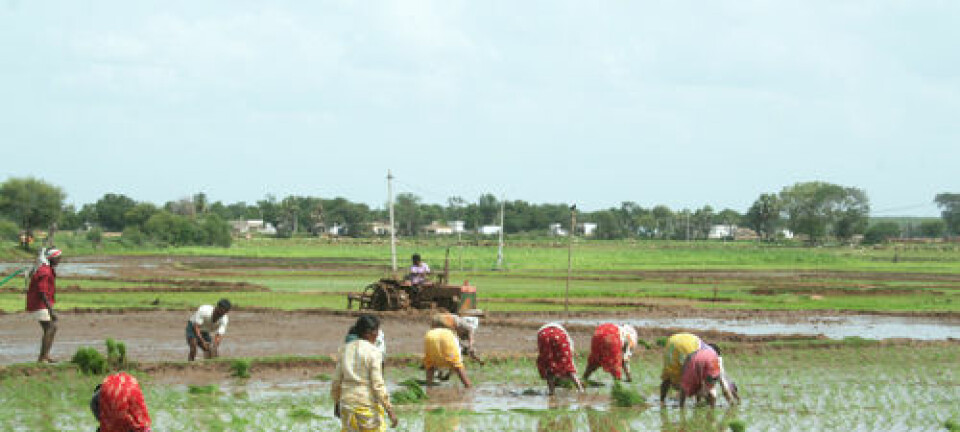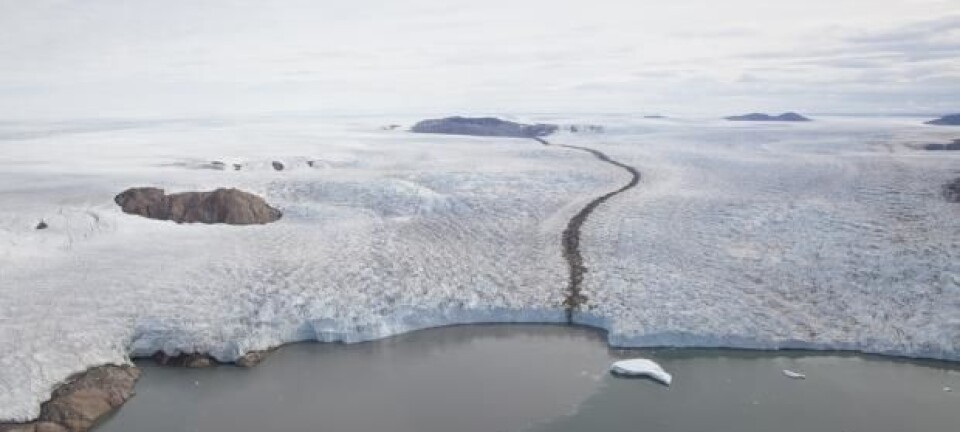An article from Norwegian SciTech News at NTNU
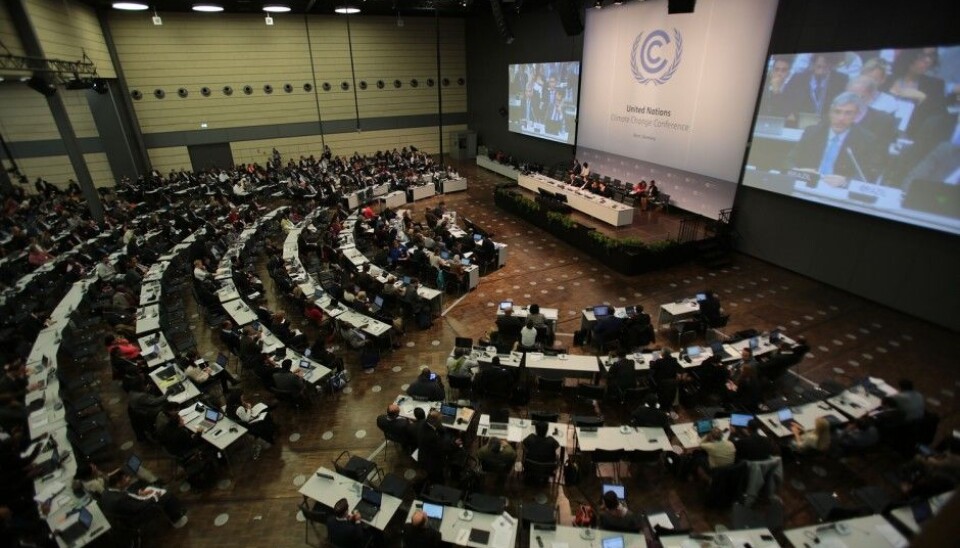
Climate: a challenging type of justice
What makes a fair climate agreement? The fight for justice has been one of the biggest problems in all international climate discussions. The summit in Paris will likely be no exception.
Denne artikkelen er over ti år gammel og kan inneholde utdatert informasjon.
How should the burden of addressing climate change be distributed between countries? What does an industrialized country’s historical responsibility mean for today’s greenhouse gas emissions? Who has the responsibility for paying the bill for climate change? Conflicts around these questions have made their mark on international climate discussions since they began in 1990.
This is not surprising. Climate change is, by nature, incredibly unfair. The groups that have contributed least to climate change are the ones that are hit the hardest. Industrialized countries have become incredibly rich though the unlimited use of fossil fuels. Now, they want to pull the ladder up after them, preventing poor nations from following the same path to wealth and social development. At least, this is what has been said by developing countries in different climate talks.
Can research help build bridges between these diametrically opposed positions, helping to create a more universal understanding of fairness? We have asked philosophers, social scientists, economists and technologists. Nobody has a simple answer.
Stumbling blocks
“The conflict between rich and poor nations is the main reason why the 2009 summit in Copenhagen broke down. This is where we see the biggest potential stumbling blocks before the summit in Paris this December,” says Steffen Kallbekken, research leader at the Cicero Centre of Climate Research. He has been paying close attention to the climate talks over the last few years.
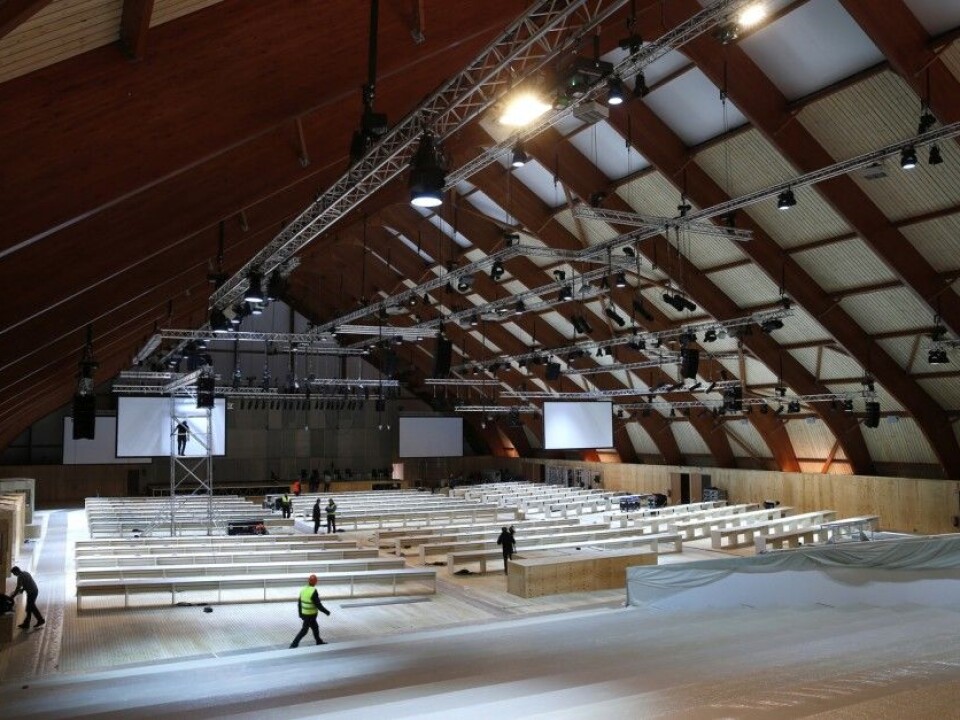
“The most important conflicts we see are on questions regarding financing climate measures in developing countries, and compensation for losses and damage due to climate changes in vulnerable countries,” he says.
The Paris agreement is intended to help build on what individual countries have already announced to be their planned emission cuts. Each country can individually decide what they see as a fair contribution. This way, we avoid the usual battle around handing out emission cuts, although there will still undoubtedly be arguments about how binding these agreements should be.
Kallbekken warns against thinking that the summit will be a walk in the park. The last round of negotiations, which took place in Bonn in October, shows that there is still a huge difference in opinion between the industrialized and developing worlds.
Principles
Simple fairness principles were established at the UN climate convention in 1992. The most important ones are that we have a common, but differential responsibility for our climate issues, and on a nation’s respective capacity to help solve problems. These principles are the reason that only industrialized nations had binding emission cuts in the 1997 Kyoto Protocol.
“However, these principles are inevitably read and interpreted differently between different groups of countries,” says Knut Holtan Sørensen, a professor at the Department of Interdisciplinary Studies of Culture at NTNU.
“In theory, you would think that it should be possible to come up with a compromise that everyone agrees to be fair. However, in the real world, nations always end up arguing their point with the principle that best meets their own needs,” he concludes.
Both Sørensen and Kallbekken participated in a research group last year that, on assignment from the Socialist Left party’s parliament group, set Norway’s goals for emission cuts for the Paris agreement. But we’ll get back to this later. First, let’s make things a little more complicated.
40 generations
Historical and current emissions, and our ability to do something about them are not the only things that need to be taken into consideration when deciding what is fair in these types of agreements. Future generations also need to be included in the process.
“We have to look at fairness in the long term,” says Professor Anders Hammer Strømman. “15-20 per cent of current CO2 emissions will still be in the atmosphere in a thousand years. We can’t spend all of our time just arguing about the last two or three generations’ historical obligation, and ignore the next 40 generations,” he says.
Footprints
Strømman is the head of the Industrial Ecology Programme at NTNU, which is an international leader in the field of environmental system analysis. Several researchers in the programme were important contributors to the latest report to the UN climate panel.
The research group has developed models and data sets to measure carbon footprints: the total environmental impact of a product, process or sector across borders.
Today, the country of production is given the responsibility for emissions. But shouldn’t the consumer take responsibility as well?
Emissions from consumption
“We’ve developed models and data sets that make it possible to set up an environmental balance between countries, where we take into consideration emissions related to consumption,” says Strømman.
“Just a few years ago, nobody knew about these principles. Now, they’ve been included in the UN climate panel’s main report, in the technical summary.
A recent study by researchers in the Industrial Ecology Programme will be presented at a side event during the summit in Paris.
Strømman acknowledges that consumption-related emissions will likely not be taken into consideration in a judicially binding agreement for a long time. His models and data simply aren’t well enough developed yet.
“But maybe bringing consumption emissions into the discussion can help break up arduous, deadlocked discussions on the historical responsibility and delegation of current emissions,” says Strømman.
Quota trading isn’t enough
A high price on carbon is generally presented as the most cost-effective means of reducing emissions. According to Strømman, however, this isn’t enough.
“Experience show that general means, like quota trading, just aren’t enough. We have to take more specific, goal-oriented measures, even though they may be less cost effective,” he says.
Anders Skonhoft, a professor of economics at NTNU, is another active participant in climate control debates, and is also critical of the quota system.
“The system seems to be fine in theory, but practically, it has been much harder to get working than we thought. The EU has far too many quotas, because strong market operators have used their lobbying power to get free quotas. In addition, you really have to question the fairness of rich countries such as Norway being able to buy their way out of climate obligations,” he says.
The future is unprofitable
Skonhoft acknowledges that economists are generally not very good at talking about talking about equity.
“But for the past few years, this has been included in academic discussions between economists, which is important for the equity of agreements made now for future generations,” he says.
An important factor is the use of discount rates on investments for climate measures.
Simply explained, discount rates are a way of calculating the current value of an investment that has yield in the future. The concept of discount rates is used in the climate debate in Norway, to show which measures are uneconomic.
“Many measures that we could be taking require a lot of expenses to implement, and won’t show any kind of yield for a few decades. Calculated using normal business management methods, with a high discount rate, almost every method of cutting emissions will be uneconomic, unless it gives immediate results.
The 2006 British Stern report presented a completely different way of calculating the value of climate measures, and came to a completely different conclusion regarding profit and loss. Harvard professor Martin Weitzman has also had a central role in this discussion.
“Today, most economists agree that discount rates on climate measures need to be very low, and hyperbolic, meaning that they decrease drastically over time,” Skonhoft concludes.
Right to pollute?
Professor of Philosophy May Thorseth is also sceptical about the concept of quota trading, but for different reasons.
“We are talking about a global, limited, common resource. We have a common obligation to manage resources like this in a sustainable manner, both for current and future generations. Taking this into consideration, it’s wrong to talk about the rights of individual nations or people to pollute. These aren’t goods for trade,” she says.
Thorseth leads the Applied Ethics programme at NTNU, and much of her research is on the ethical issues around sustainable social development.
“It’s wrong to define justice as compensation for old sins. We won’t save our future simply by paying for indulgences from our past,” she says.
Need a strong agreement
Different countries have different capacities to help solve climate issues.
“The nations that have the greatest capacity to help have most responsibility. Capacity isn’t only about being able to afford it, but also having a good system of government. Part of the responsibility is also about the right and obligation to step in for countries that aren’t doing their fair share, especially if they are misruled and corrupt,” says Thorseth.
“What is being destroyed is a common good and what is happening in each country has global consequences. Thus, it is not enough to hand over full responsibility to individual countries. Perhaps we need a new type of agreement, with extensive authority and control, and the right and duty to intervene,” she said.
Fairness in Norway
Back to Norway. What is fair for a rich, small oil country in the north to contribute?
Climate and Environment Minister Tine Sundtoft provided Norway’s answer in March: 40 per cent cuts by 2030, in line with the EU common objective. Sundtoft characterized this contribution as both fair and ambitious.
“Based on the common principles of climate justice, Norway ought to commit to far greater emission cuts,” says Knut Holtan Sørensen.
He was one of a group of researchers who tried to quantify the size of the emission cuts that Norway should make in keeping with the goal of having a reasonable chance of avoiding global warming of more than 2 degrees.
Sørensen’s understanding is based on the two fairness principles that have the broadest acceptance: The responsibility for creating the problem, and the capacity to solve it. Calculated based on responsibility, it is reasonable for Norway to cut emissions by at least 59 per cent by 2030. If Norway’s capacity to solve the problem is added, Norway’s climate responsibility grows tremendously. Then we have to cut more than 100 per cent of our emissions, essentially .
Ambiguous
“But it is fair to ask whether Norwegian politicians are really so concerned about fairness when it comes to this question? The key justice principles of the UNFCCC are rarely discussed by Norwegian politicians, at least if one is to judge from what is discussed in the Storting,” says Sørensen.
In Norway, economists set the agenda in climate policy. And then, “cost” becomes the central concept, he adds.
“I think other countries perceive Norway as having an ambiguous climate policy. We would like to be seen as pioneers. Meanwhile, we export as much gas as possible. We risk being perceived as rich and smug, a country that wants to buy its way out of trouble,” says Sørensen.
-------------------------------------
Read the Norwegian version of this article at forskning.no
External links
- Anders Hammer Strømman's profile
- Anders Skonhoft's profile
- Knut Holtan Sørensen's profile
- May Thorseth's profile
- Steffen Kallbekken's profile







